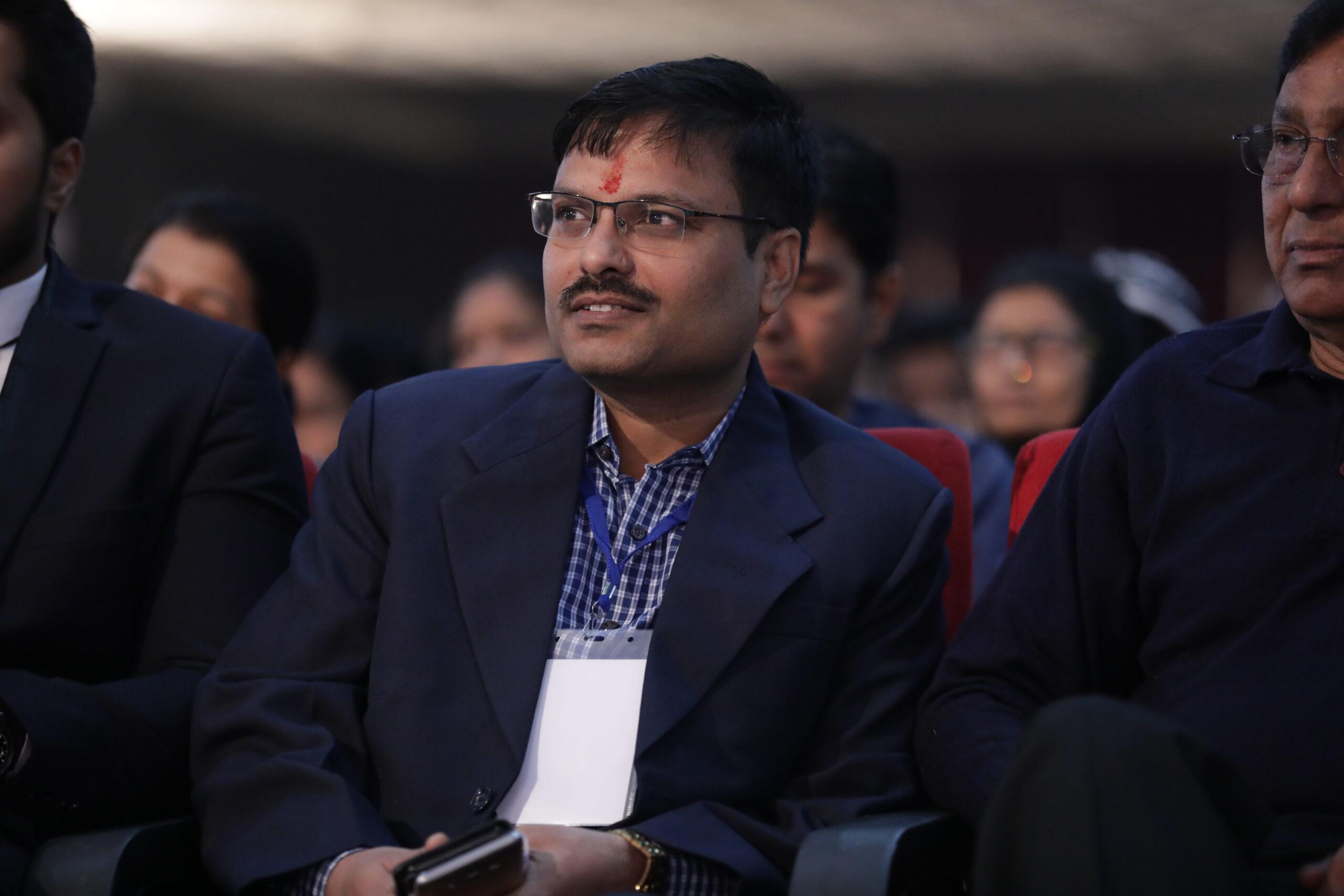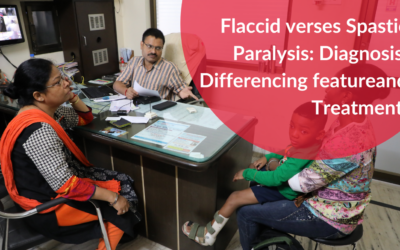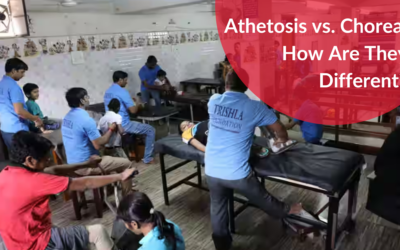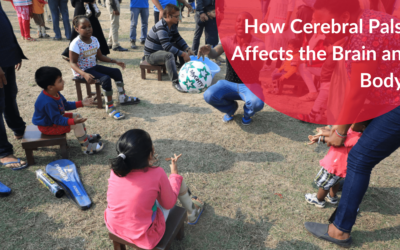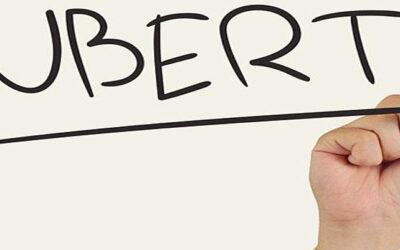Children with spastic diplegia cerebral palsy (SDCP) face many challenges in education. The movement difficulties, along with muscle stiffness, present challenges to students when trying to learn in a traditional school environment. With appropriate educational assistance, these children can acquire quality learning despite their physical challenges. Schools, teachers, and parents need to collaborate to build learning settings that accommodate their needs.
Some children with SDCP do well in inclusive public schools. The educational requirements for these children extend from individualized classroom environments to tutored instruction as well as home-based educational approaches. Finding the most suitable approach for each child stands as the essential factor in success. Technology, cerebral palsy physical therapy, cerebral palsy occupational therapy and special learning resources can also help them study better.
Students learn more than academic subjects during an educational experience. The development of confidence, together with social capabilities, represents another aspect of education. When children with SDCP get the right opportunities, they can succeed like any other child. This article will explore different educational strategies that can help them learn and grow in the best way possible.
Educational Alternatives for Cerebral Palsy Students
Several educational alternatives exist to enhance the learning experience of cerebral palsy students. The use of technology combined with special tools allows educational institutions to support these children. Individual teaching helps students through personalized attention from their teachers. Some classes use more visual aids to support learning.
Some programs focus on practical skills and hands-on activities.
The goal is to make learning clear and simple. Tutors help improve reading, writing, and math skills. These alternatives do not complicate the learning process. Instead, they make education more accessible. Families play a key role in supporting these methods at home. All these alternatives build a solid base for learning and growth. They allow children to gain confidence and succeed in their studies.
Inclusive Public Schools for Cerebral Palsy Students
Cerebral Palsy (CP) children who attend inclusive public schools can receive education alongside their typical peers. The schools provide extra help for students to participate in standard educational environments. Teachers use simple teaching methods and assistive tools to make lessons easier to understand. Schools also have ramps, special seating, and accessible restrooms to make movement easier.
Children with CP often need extra time to complete tasks. The educational facilities grant students the flexibility to learn at their own pace. Special educators, together with therapists, dedicate their time to helping students advance their abilities. They help with speech, writing, and motor skills.
Inclusive schools also focus on social development. Children interact with their classmates, which helps them build confidence. Students who study together create supportive relationships between those with and without CP. Each child, including those with physical disabilities, has access to equal learning possibilities through inclusive educational systems.
Complete Inclusivity Across Public Schools
Under complete school inclusivity, every student receives fair learning opportunities regardless of whether they have cerebral palsy (CP). The accessibility of classrooms, playgrounds, and all educational spaces must be ensured by schools. Students benefit from ramps together with elevators and special desks, which offer smooth mobility throughout the school. Teachers should use simple teaching methods that work for all students.
Special education staff and therapists play a big role in making schools inclusive. They help students with CP by giving them extra support in learning and daily activities. Schools must also provide assistive devices like speech-to-text software and adaptive writing tools. These make studying easier for children with CP.
Inclusivity is not just about physical changes. It is also about creating a welcoming environment. Teachers and classmates should treat children with CP with respect and kindness. When schools focus on complete inclusivity, they help every child feel valued, confident, and ready to succeed in life.
Customized Learning Classrooms
The learning environment of customized classrooms enables children with Cerebral Palsy (CP) to receive education in their most favourable method. The reduced student body in these classrooms enables teachers to distribute their attention equitably throughout the group. The lessons match the child’s learning speed and needs. Teachers use simple methods to explain concepts, making learning easier.
These classrooms also have special tools to help students. Speech-to-text software adapted keyboards, and visual aids make studying more comfortable. If a child struggles with writing, they can use assistive devices. If they need more breaks, the schedule is adjusted.
Therapists and special educators work with teachers to support children with CP. They help with movement, speech, and other skills. This setup builds confidence in students and helps them enjoy learning. Customized classrooms remove unnecessary challenges and allow children to focus on their studies. This approach makes education fair for every child, giving them a better chance to succeed.
Homeschooling and Private Tutoring Alternatives
Children with Cerebral Palsy (CP) can benefit from both homeschooling and private tutoring as suitable educational choices. The alternatives provide students with adaptable teaching spaces. The lessons can be adapted by parents according to their child’s learning requirements and progress rate. Students do not need to hurry through their lessons because of a busy classroom environment.
Home education allows parents to teach the subjects that their child finds most interesting or requires additional support. They can include breaks whenever needed and use teaching methods that work best. Learning happens in a safe and comfortable space, which can reduce stress.
Private tutoring is another helpful choice. The individualized teaching approach and personalized instruction that tutors provide help students learn more effectively. Students who work with tutors learn particular skills in reading and mathematics while receiving help with therapeutic activities.
The involvement of parents in their child’s education is possible through both homeschooling and tutoring experiences. Parents can observe their child’s academic growth while recognizing their minor achievements. These options provide a personalized approach to learning, helping children with CP grow confidently.
Cerebral Palsy Learning Resources
Cerebral Palsy (CP) learning resources allow children to study through methods that accommodate their individual learning needs. The educational facilities provide students with assistive technology solutions, which include speech-to-text software and screen reader applications. The tools provide students with better access to reading and writing tasks.
Educational apps and websites also support learning. They offer simple lessons, fun exercises, and interactive activities. Some apps focus on improving speech, memory, and problem-solving skills.
Books and printed guides provide step-by-step learning plans. Parents and teachers can use them to create easy lessons. Therapy-based resources, like mobility exercises and sensory tools, help with motor skills.
These learning resources give children with CP the support they need. They make education accessible, enjoyable, and more effective.
Conclusion
Every child after cerebral palsy diagnosis (CP) should have access to a suitable educational experience. The best learning environment requires joint efforts between schools, teachers and parents to cooperate.
Different educational approaches, such as inclusive school’s custom classrooms, homeschooling, and private tutoring, provide distinct assistance options. Assistive tools and special learning resources also make studying easier.
When children with CP get the right support, they can learn with confidence. Education should be accessible to everyone, giving every child a chance to succeed. Trishla Foundation is your go-to healthcare expert to get accurate children’s diagnostics for spastic diplegia cerebral palsy. We have the best doctor who will never compromise on health and will provide the best treatment.


